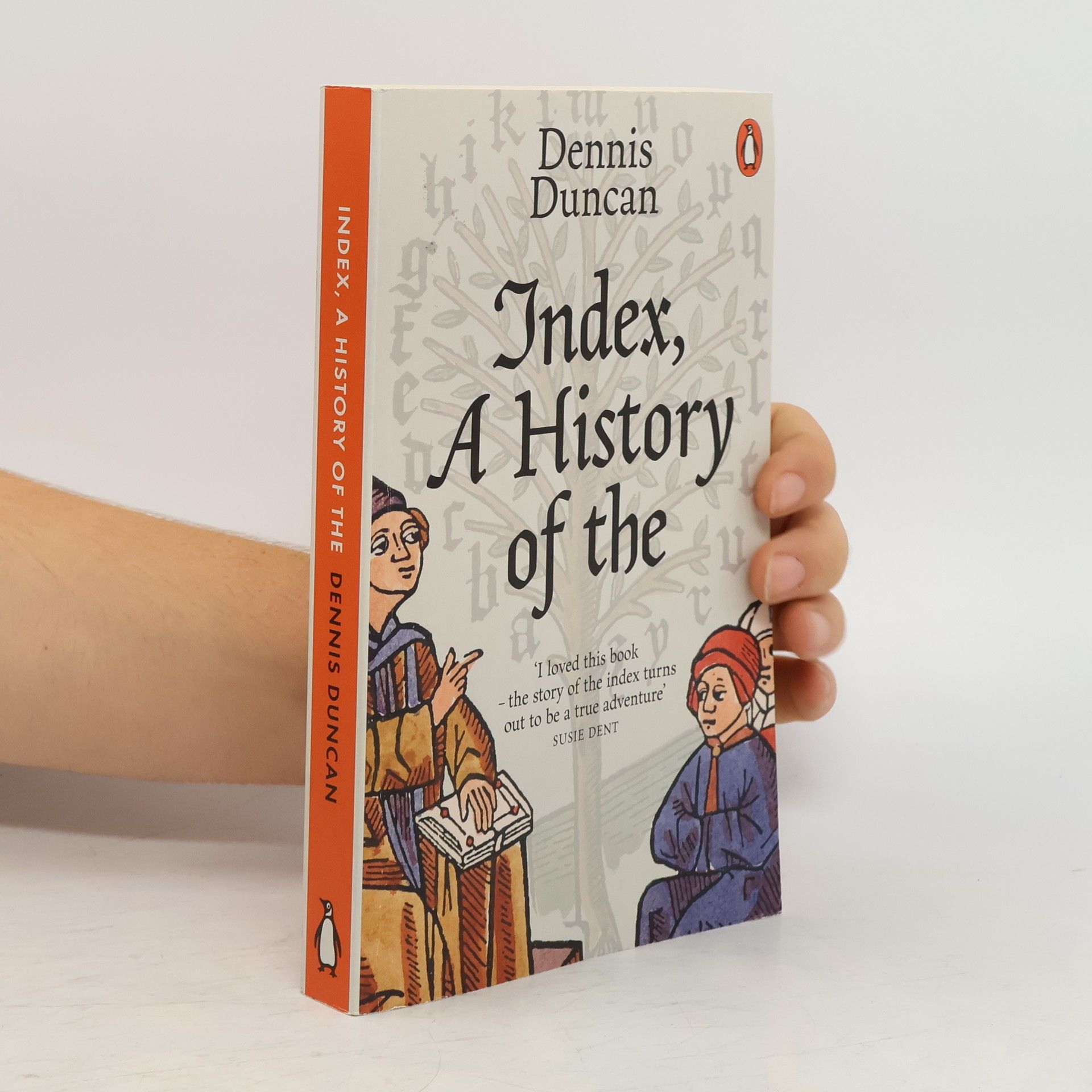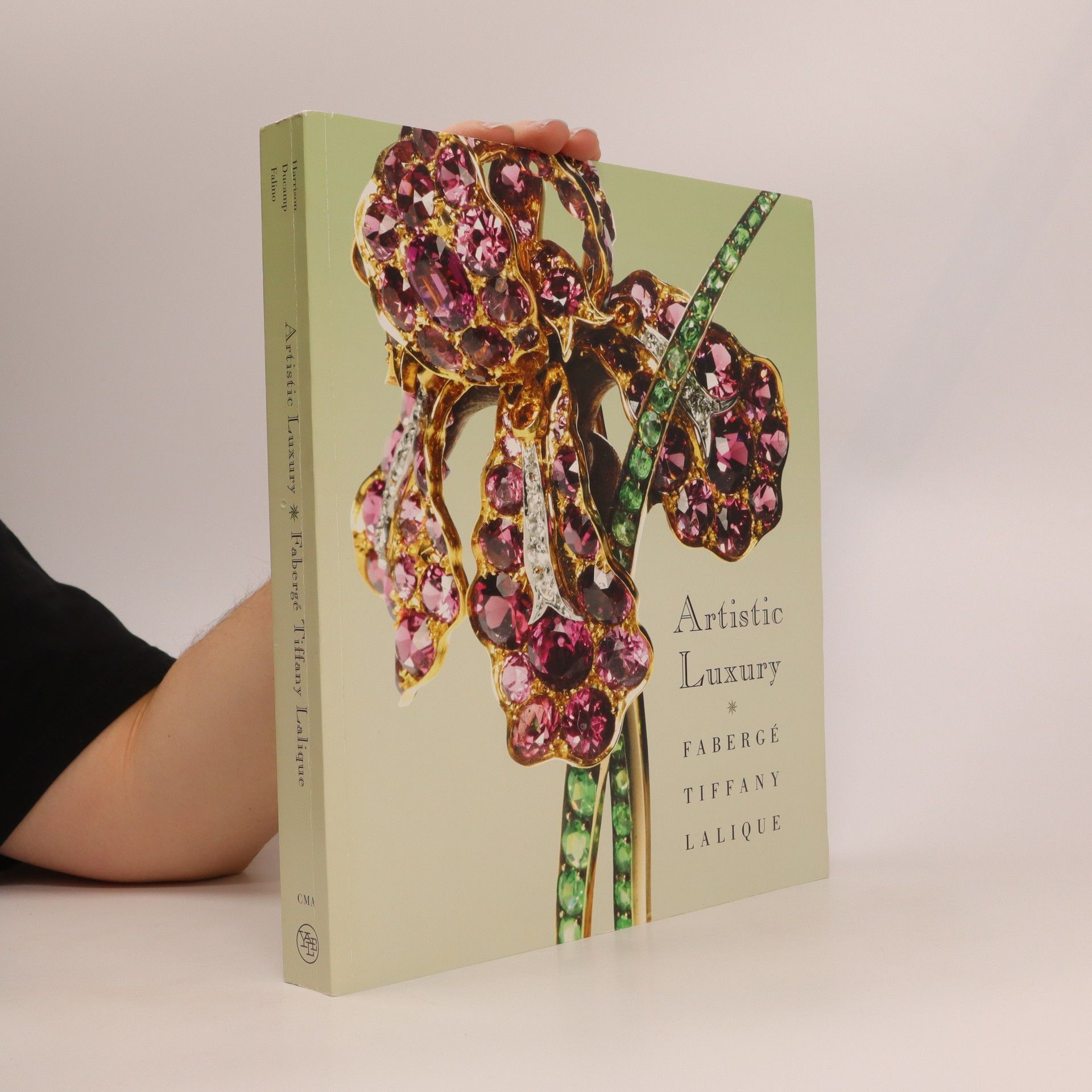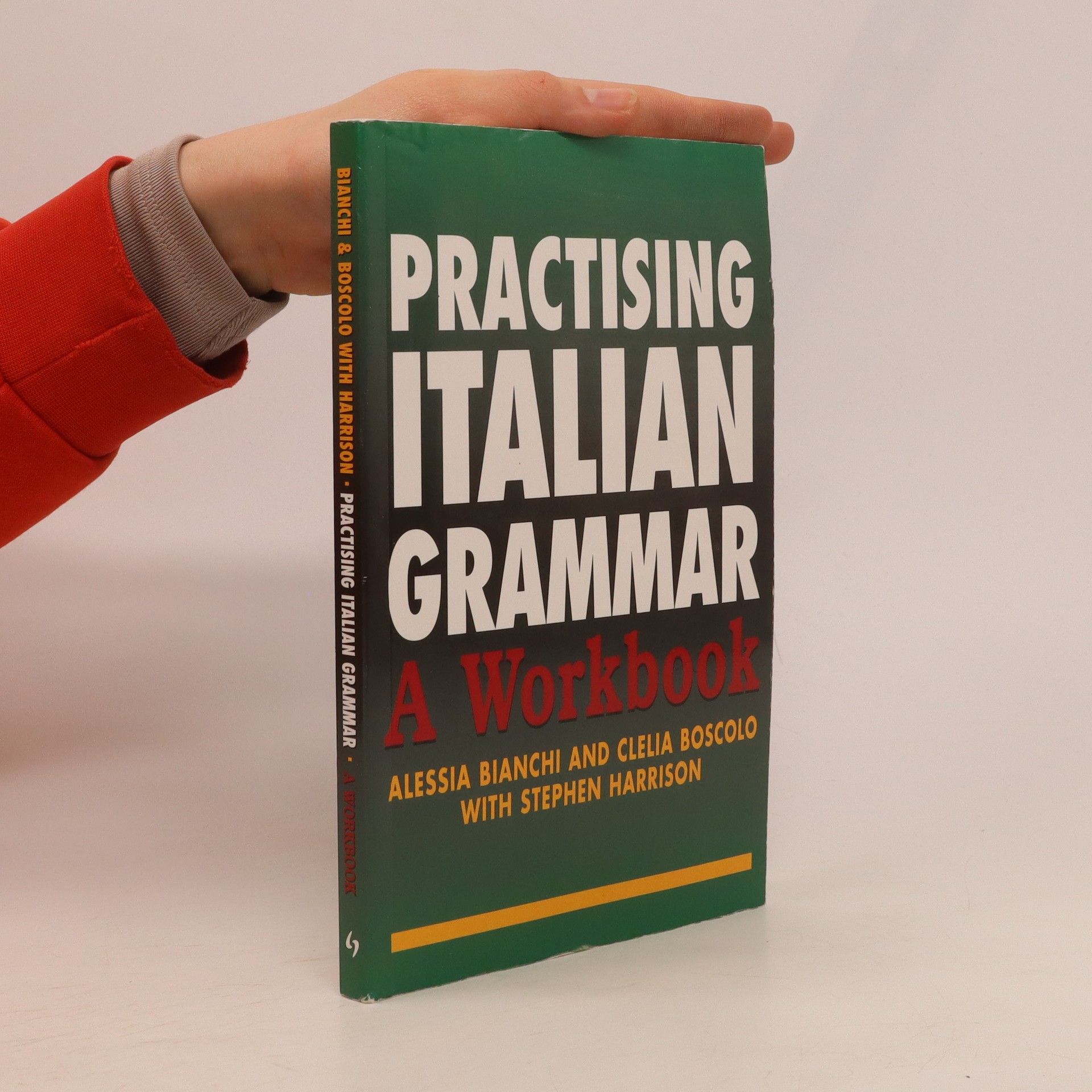Practising Italian Grammar
- 256pagine
- 9 ore di lettura
A workbook of practical exercises designed to give students the opportunity to practise the rules of Italian grammar in a structured way.
Stephen Harrison è un grecista britannico e Professore di Letteratura Latina al Corpus Christi College di Oxford. È specializzato nella poesia di Virgilio e Orazio, nel romanzo romano e nella ricezione della letteratura classica. Il suo lavoro accademico approfondisce questi aspetti fondamentali delle antiche tradizioni letterarie.






A workbook of practical exercises designed to give students the opportunity to practise the rules of Italian grammar in a structured way.
Fabergé, Tiffany, Lalique—these great designers came together only once to display their goods in what was probably the most opulent exhibition ever mounted. At the 1900 Exposition Universelle in Paris, the three strove to position themselves ahead of their many competitors in the luxury market, each presenting his jewelry and home adornments as high art. Their success is explored in this splendidly illustrated catalogue, which elucidates the prewar pinnacle of European culture. The array of displayed objects was Tiffany glass, Easter eggs to dazzle the Czars, realistic insects created in precious materials as sinister decorations. Many of these bore influences of the advanced art of the time, such as Art Nouveau, Viennese modernism, and symbolism, and of styles from around the world. Four essays discuss the works in the context of their times, illuminate the high societies served by the three masters, and trace the cultural trends behind their extraordinary creations. A treasure of accompanying photographs shows the individual exhibits, scenes from the World's Fair, and the glitterati who wore the jewelry. (20081201)
A story of ambition, obsession and alphabetical order Most of us give little thought to the back of the book - it's just where you go to look things up. But here, hiding in plain sight, is an unlikely realm of ambition and obsession, sparring and politicking, pleasure and play. Here we might find Butchers, to be avoided, or Cows that sh-te Fire, or even catch Calvin in his chamber with a Nonne. This is the secret world of the index- an unsung but extraordinary everyday tool, with an illustrious but little-known past. Here, for the first time, its story is told. Charting its curious path from the monasteries and universities of thirteenth-century Europe to Silicon Valley in the twenty-first, Dennis Duncan reveals how the index has saved heretics from the stake, kept politicians from high office and made us all into the readers we are today. We follow it through German print shops and Enlightenment coffee houses, novelists' living rooms and university laboratories, encountering emperors and popes, philosophers and prime ministers, poets, librarians and - of course - indexers along the way. Revealing its vast role in our evolving literary and intellectual culture, Duncan shows that, for all our anxieties about the Age of Search, we are all index-rakers at heart, and we have been for eight hundred years.
This innovative and lavishly illustrated collection of essays shows how linguistic diversity has inspired people across time and cultures to embark on adventurous journeys through the translation of texts. From papyrus fragments to Asterix cartoons, it explores how ideas have travelled via the medium of translation.
"The Roman poet Horace (65-8 BC) has long been read as a wise and pragmatic guide to living a good life. Writing at the very moment when Rome was transitioning from a republic to an empire, Romans found the advice in his poems appealing: live quietly and non-extravagantly amid the excesses of a materialistic society, avoid extreme emotions of any kind as psychologically damaging, place a value on friendship of all kinds, do not be afraid of death, and most famously live every day to the full as tomorrow may never come (carpe diem). But above all else, Horace advocated a life of contentment and self-sufficiency"--
Three Papal Poets from Baroque to Risorgimento
Exploring the works of three notable Latin poets who became popes in the 15th century, this book provides translations and commentaries on their significant Neo-Latin poetry. Urban VIII Barberini, Alexander VII Chigi, and Leo XIII Pecci are highlighted, showcasing how their poems reflect classical influences while offering insights into their personal lives, historical contexts, and papal reigns. The text serves as both a literary analysis and a historical account, enriching the understanding of their contributions to Latin literature and the papacy.
Exploring the contrast between Michelangelo's sculpture and the biblical narrative, the book delves into the complexities of David's character, examining his humanity, struggles, and spiritual depth. It questions whether the artistic representation aligns with the scriptural portrayal of David's heart and soul, inviting readers to reflect on their perceptions of him and his relationship with God. Through this analysis, the work seeks to deepen the understanding of David as both a historical figure and a symbol of faith.
The Reception of Apuleius’ Love Story since 1600
Apuleius' tale of Cupid and Psyche has been popular since it was first written in the second century AD as part of his Latin novel Metamorphoses. This story of the love between the mortal princess Psyche (or "Soul") and the god of Love has given rise to treatments as diverse as plays, masques, operas, poems, paintings and novels. The essays in this volume focus on this reception, primarily in English material, though it also includes Italian, French and German receptions.
Recent years have witnessed an increased interest in classical studies in the ways meaning is generated through the medium of intertextuality, namely how different texts of the same or different authors communicate and interact with each other. Attention (although on a lesser scale) has also been paid to the manner in which meaning is produced through interaction between various parts of the same text or body of texts within the overall production of a single author, namely intratextuality. Taking off from the seminal volume on Intratextuality: Greek and Roman Textual Relations , edited by A. Sharrock / H. Morales (Oxford 2000), which largely sets the theoretical framework for such internal associations within classical texts, this collective volume brings together twenty-seven contributions, written by an international team of experts, exploring the evolution of intratextuality from Late Republic to Late Antiquity across a wide range of authors, genres and historical periods. Of particular interest are also the combined instances of intra- and intertextual poetics as well as the way in which intratextuality in Latin literature draws on reading practices and critical methods already theorized and operative in Greek antiquity.